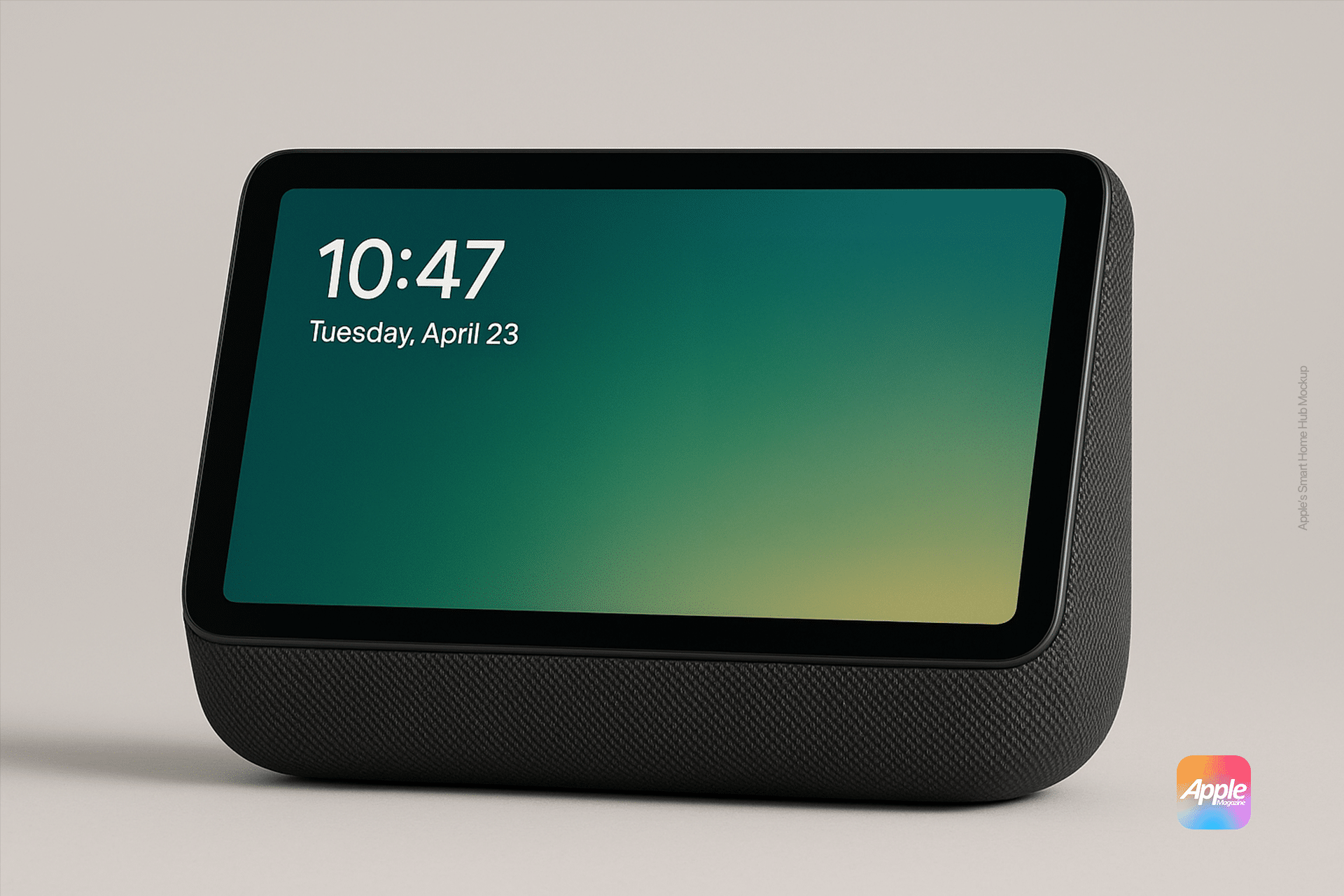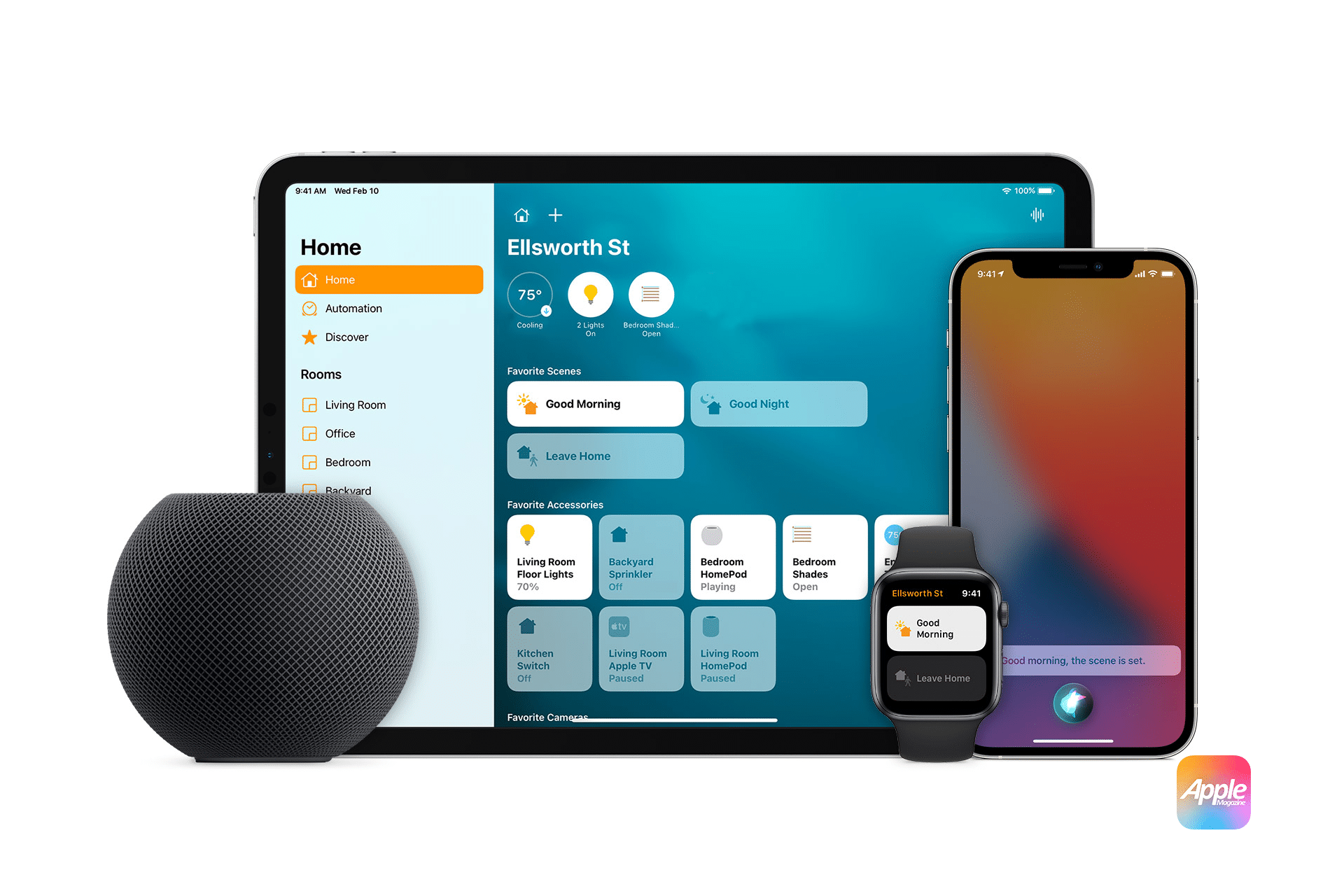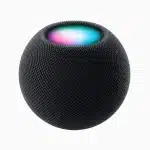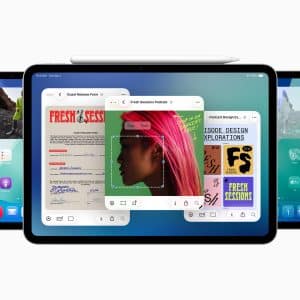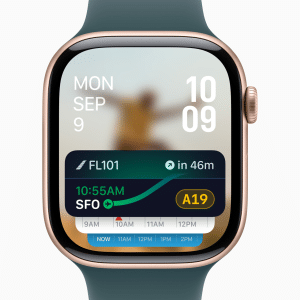The smart home hub, often described as a smaller, more affordable iPad-like device, is designed to be a central “command center” for HomeKit and Matter-compatible devices. MacRumors reports it will feature a 6- or 7-inch square display with thick bezels, powered by an A18 chip to support Apple Intelligence. A built-in camera enables FaceTime calls, while integrated speakers allow music playback and AirPlay functionality. The device can sit on a tabletop base or be wall-mounted, offering flexibility for home use.
Gurman notes that the hub will run on a new “homeOS,” blending elements of the iPhone’s StandBy mode and watchOS, with a widget-focused interface controlled primarily by Siri and touch input. This setup prioritizes ease of use, letting users adjust lights, thermostats, or security cameras with a tap or voice command. For example, proximity sensors may adjust the interface dynamically—showing the weather when no one’s nearby or thermostat controls as someone approaches.
Why the Setback?
Apple’s decision to cut “bolder features” stems from challenges with integrating advanced Siri capabilities and Apple Intelligence, per Gurman’s Power On newsletter. These features, initially tied to iOS 18.4 or 18.5, have been delayed to iOS 19 or later (September 2025 to March 2026). The setback reflects Apple’s focus on ensuring the hub’s core functions—smart home control, video calls, and media playback—are reliable at launch. While specific scrapped features weren’t disclosed, Gurman suggests they could return in future models, hinting at a phased rollout strategy.
Supply chain analyst Ming-Chi Kuo adds that the device, sometimes referred to as a HomePod with a display, is set to enter mass production in the third quarter of 2025, aligning with a potential late-2025 or early-2026 debut. This timeline follows WWDC 2025 (June 9), where Apple is expected to unveil iOS 19 and other software updates critical to the hub’s operation.
What This Means for Users
For tech enthusiasts, the hub promises to simplify smart home management. Unlike current HomeKit setups, which require an iPhone, iPad, or HomePod for control, this device offers a dedicated interface. Imagine adjusting your smart thermostat or viewing doorbell camera footage without reaching for your phone. The hub’s support for Matter, a universal smart home standard, ensures compatibility with a wide range of devices, from Philips Hue lights to Aqara sensors.
The practical impact? More intuitive control for households, especially for guests who don’t have access to your HomeKit setup. The device’s lightweight design—about the size of two iPhones side by side—makes it easy to move between rooms, and its potential as an intercom system could streamline communication in larger homes. For Apple ecosystem users, the hub integrates deeply with Calendar, Contacts, and Reminders, pulling data like your family’s schedules or upcoming events for seamless coordination.
Challenges and Competition
Apple’s cautious approach isn’t without reason. Posts on X highlight technical hurdles with Siri and AI integration, which have delayed the hub from its original March 2025 target. Competitors like Amazon and Google have a head start, with devices like the Echo Hub ($150) and Nest Hub Max ($230) already established. Apple’s hub will need to justify its likely premium price—potentially higher than rivals—through superior privacy, performance, and ecosystem integration.
Privacy remains a key differentiator. Unlike Amazon’s Ring or Google’s Nest, which have faced scrutiny over data practices, Apple emphasizes end-to-end encryption and on-device processing. This could appeal to users wary of sharing camera footage or voice data, especially if Apple expands into accessories like security cameras.
Looking Ahead
Despite the trimmed features, Apple’s smart home hub remains a pivotal release. Gurman calls it the company’s “most significant” launch of 2025, marking Apple’s deeper push into the smart home market. The device’s success could pave the way for future innovations, like a robotic arm version that tracks users during calls, similar to FaceTime’s Center Stage. For now, Apple is testing the hub with employees, refining it for a holiday-season debut.
